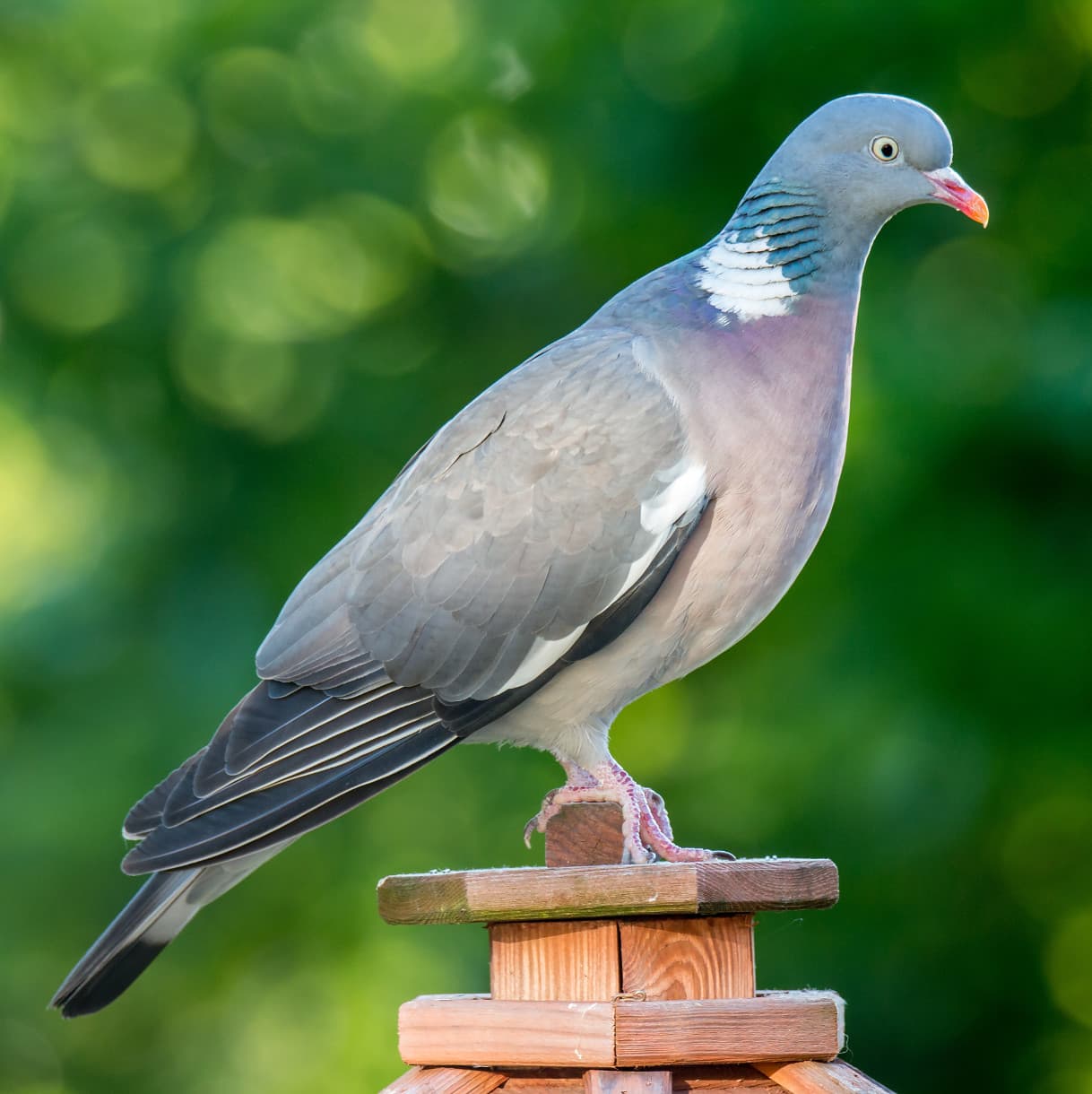Pigeons and doves will live for a relatively long period of time, generally about 10 to 12 years with some living quite a bit longer.
The smaller species are often called doves and the larger species pigeons, but this is in no way consistently applied, and historically, the common names for these birds involve a great deal of variation between the terms.
For example the species most commonly referred to as “pigeon” is the rock dove, one subspecies of which, the domestic pigeon, is common in many cities as the feral pigeon.

Pigeons and doves exhibit considerable variations in size, ranging in length from 15 to 75 centimeters (5.9 to 29.5 in), and in weight from 22 g (0.049 lb) to above 2,000 g (4.4 lb). Pigeons and doves are stout-bodied birds with short necks, and short slender bills.
The wings are large, having 11 primary feathers, and have low wing-loadings; pigeons and doves have strong wing muscles and are among the strongest fliers of all birds; they are also highly manoeuvrable in flight.
They range from sexually monomorphic to sexually dimorphic (condition where the two sexes of the same species exhibit different characteristics) , and molt annually after breeding. Pigeons and doves can be solitary to very social and can be found in flocks of several thousand.















